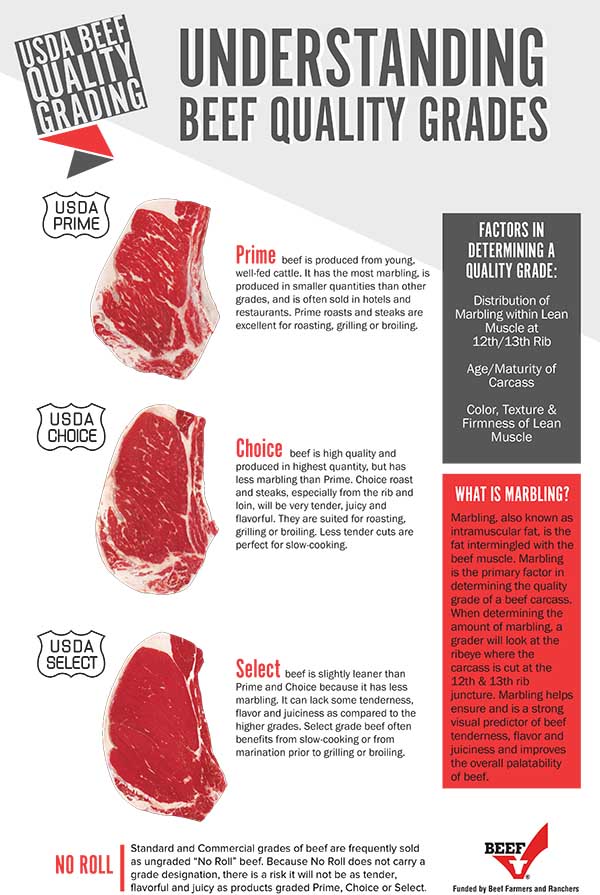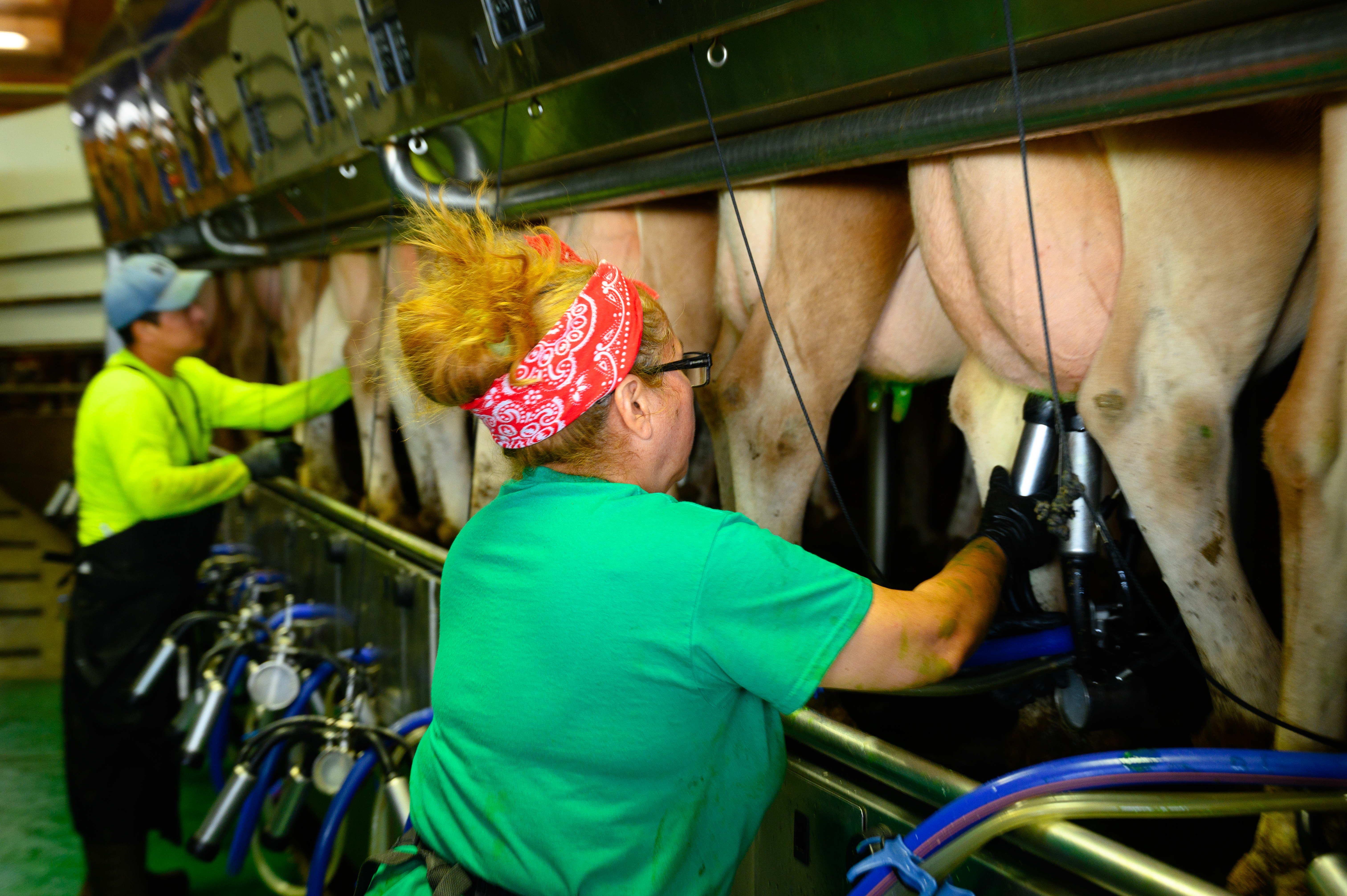Consumer Q&A: From Beef Cuts to Organic Labels to Dairy Rankings
February 7, 2023
By Lydia Zerby
We recently asked readers to “let us know one thing you would like to learn more about related to Iowa agriculture.” Discover some of their questions and our answers.
At Iowa FFP, we encourage a two-way dialog and seek to share content that is relevant to what readers are currently interested in receiving. In this edition of our Consumer Q&A, learn how to know if a product is organic, what beef quality grades mean, where Iowa ranks as a milk-producing state and if GMOs in animal feed end up in human food.
Throughout the coming months, we will continue to share answers to actual questions submitted by our readers. Click here to submit your question, and we might answer it in a future edition! Of course, you can always contact us if you would like an immediate answer.

Question: How do you know if something is organic?
Answer: There’s an official organic-certified seal on the package. This designation means the manufacturer and producer are certified organic producers by the U.S. Department of Agriculture (USDA). If you only see organic in the name or on an unofficial label, it’s not officially audited and registered with the USDA, so it may not meet the standard for organic.
The U.S. Department of Agriculture recently published new organic product certification regulations that the agency says will deter fraud and improve transparency and product traceability. According to USDA, the Strengthening Organic Enforcement Rule, which takes effect March 20 but will not be enforced until March 19, 2024, “will assure consumers that organic products meet a robust, consistent standard and reinforce the value of the organic label.”
Question: What do each of the beef quality grades mean?
Answer: Beef grading sets the standards for the various quality levels of beef. The beef grading program uses highly trained specialists and sometimes grading instruments to determine the official quality grade. Beef quality grading is voluntary, administered by the USDA and paid for by beef packers.

The grade is primarily determined by the degree of marbling — the small flecks of fat within the beef muscle. Marbling provides flavor, tenderness and juiciness to beef. Other grading factors include animal age and muscle color and texture.
· Prime – Prime beef comes from young, well-fed cattle. It has abundant marbling, is produced in smaller quantities than other grades, and is often sold in hotels and restaurants. Prime roasts and steaks are excellent for roasting, grilling or broiling.
· Choice – Choice beef is high quality and produced in the highest quantity but has less marbling than Prime. Choice roasts and steaks, especially from the rib and loin, will be very tender, juicy and flavorful. They are suited for roasting, grilling and broiling. Less-tender cuts are perfect for slow cooking.
· Select – Select beef is slightly leaner than Prime and Choice because it has less marbling. It can lack some tenderness, flavor and juiciness as compared to higher grades of beef. Select-grade beef often benefits from slow cooking or marinating before grilling or broiling.
Understanding Labels
Each beef package label in the supermarket meat case typically identifies the primal and sub-primal cut names. It also includes the weight, price per pound, total price, sell-by date and safe handling instructions. It may also include a grade, nutrition, preparation information and the country of origin.
Ground beef packages are labeled according to USDA standards. The label information will be expressed as percent lean to percent fat (80% lean/20% fat, for example). Ground beef labels may also indicate which primal cut the beef comes from (such as chuck, round or sirloin).
What to look for when purchasing beef:
· Select beef with a bright cherry-red color. Beef in a sealed bag typically has a
darker purplish-red color. When exposed to the air, it will turn a bright red.
· Choose beef that is firm to the touch.
· Make sure the package is cold with no holes or tears.
· Choose packages without excessive liquid.
· Purchase beef on or before the sell-by date.

Question: Where does Iowa now stand as far as a milk-producing state?
Answer: Iowa ranks 12th in the nation’s total milk production, with more than 5 billion pounds of milk produced annually. Approximately 2,110 pounds of milk are produced per cow, ranking Iowa as 8th in the nation’s milk production per cow. Iowa represents 2.45% of the total U.S. milk production. The dairy industry provides consumers with nutritious foods like cheese, milk and yogurt.
Question: If livestock consumes genetically modified grain, will GMOs be in beef, turkey, pork or other proteins?
Answer: No. The genetic traits are digested and metabolized just like all the other DNA the animal consumes; remember, all living things have DNA. For example, if you eat a carrot and consume the DNA in that carrot – your body does not absorb carrot DNA; it gets broken down into its basic parts.